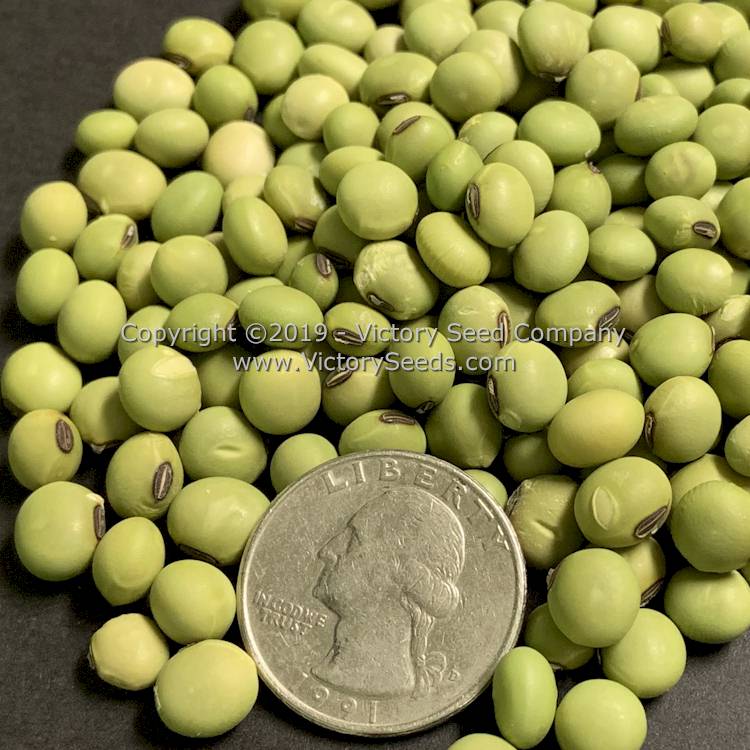Collections
-
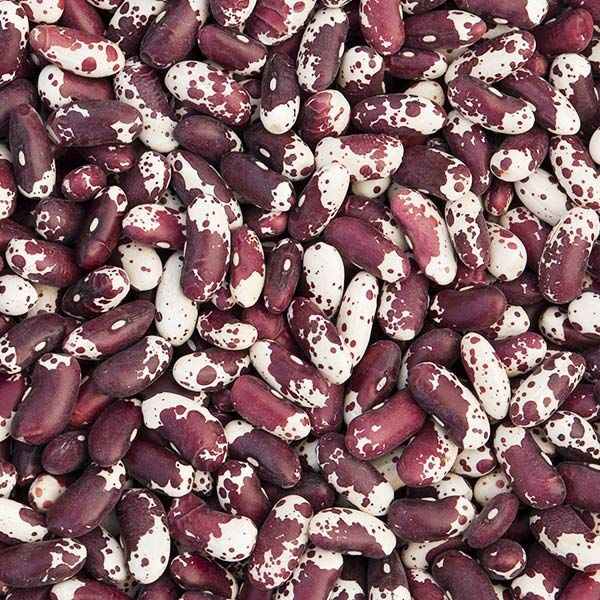
Beans, Bush Dry
Bush-type Dry and Horticultural Beans Phaseolus Click on variety's picture or name...
-
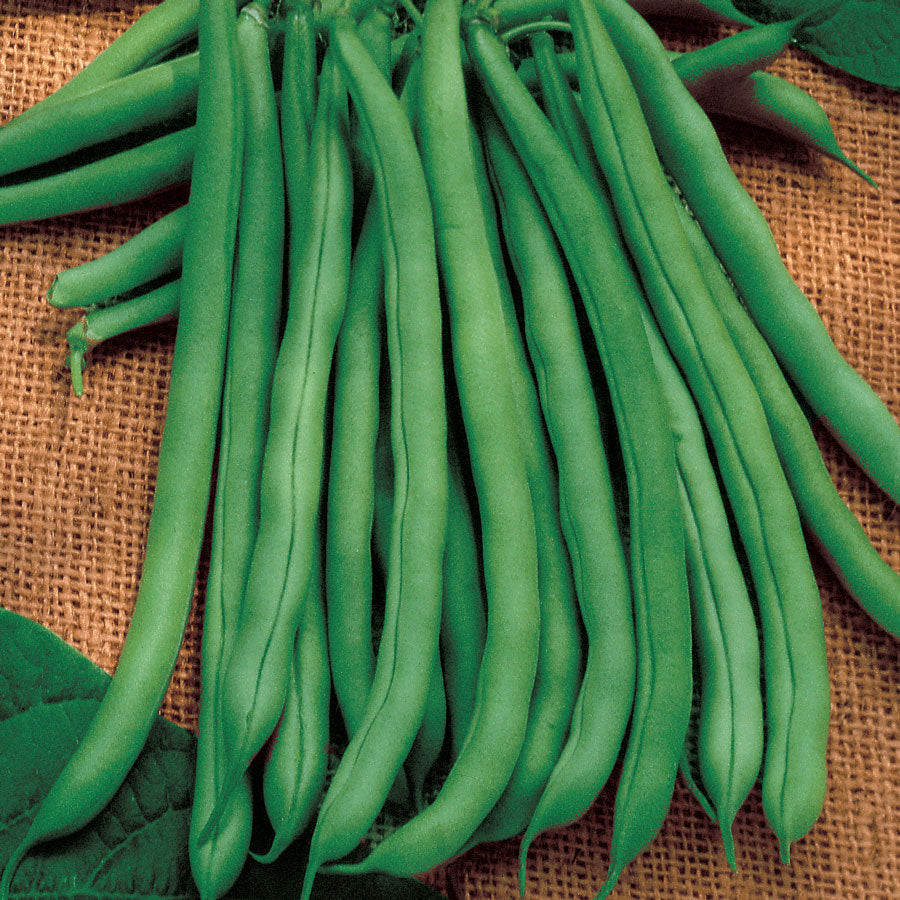
Beans, Bush Green
Bush-type Snap, Green, Wax, and Shell Beans Phaseolus Click on variety's picture...
-
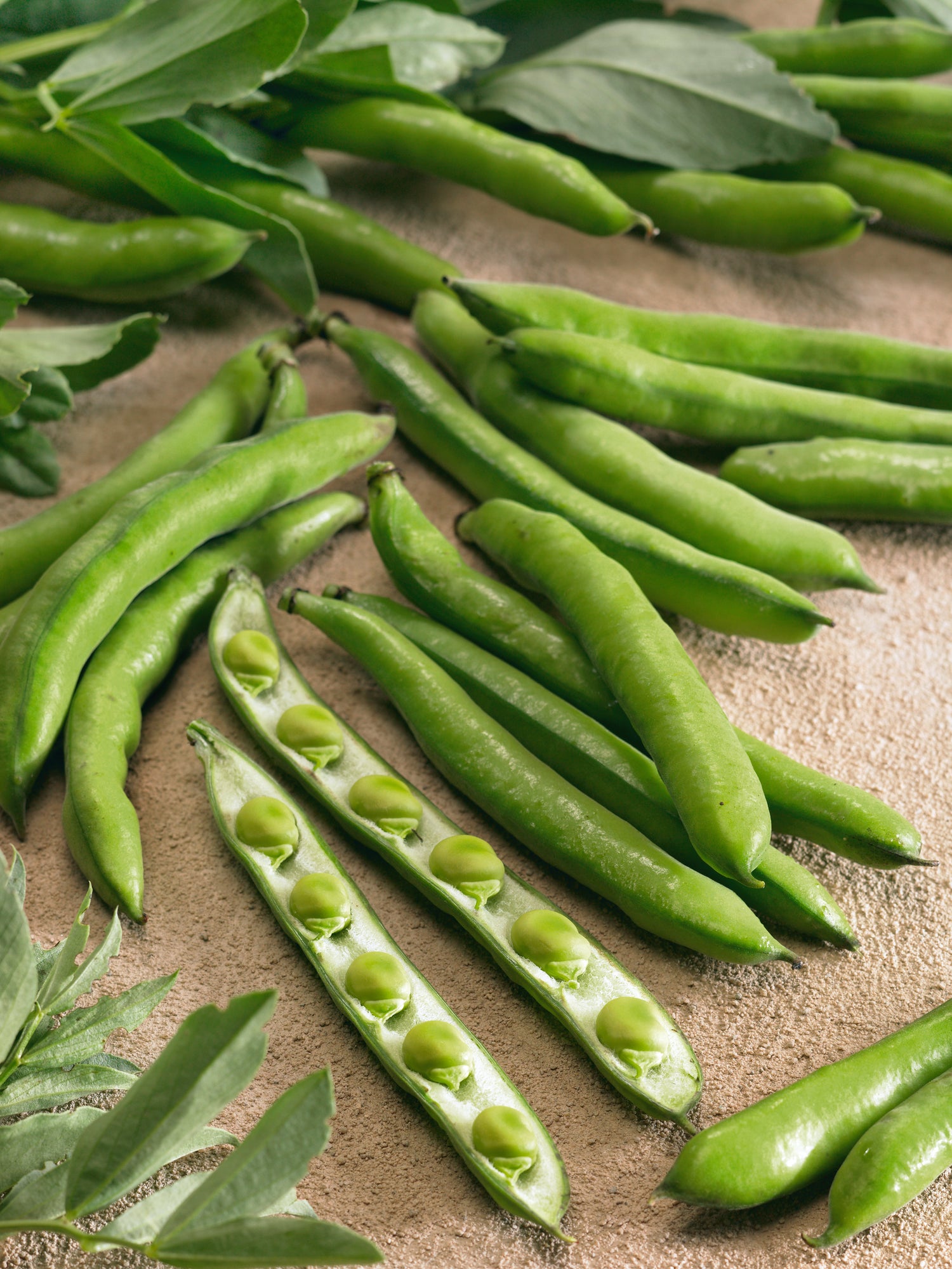
Beans, Fava
Vicia faba Fava beans are not in the same genus as other...
-
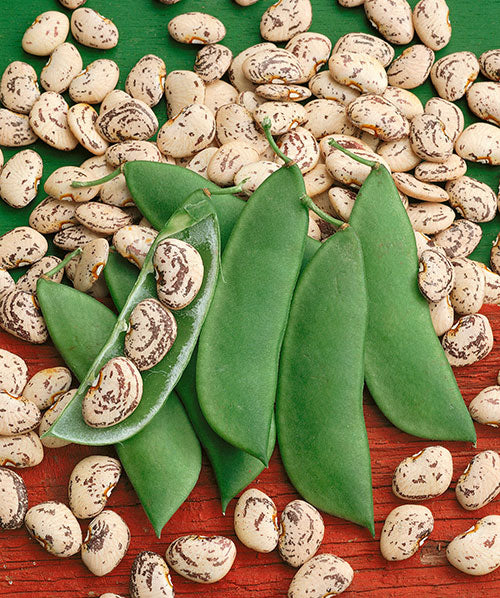
Beans, Lima & Butterbeans
Phaseolus lunatus "Butterbean" is a term used to describe certain small, flat...
-
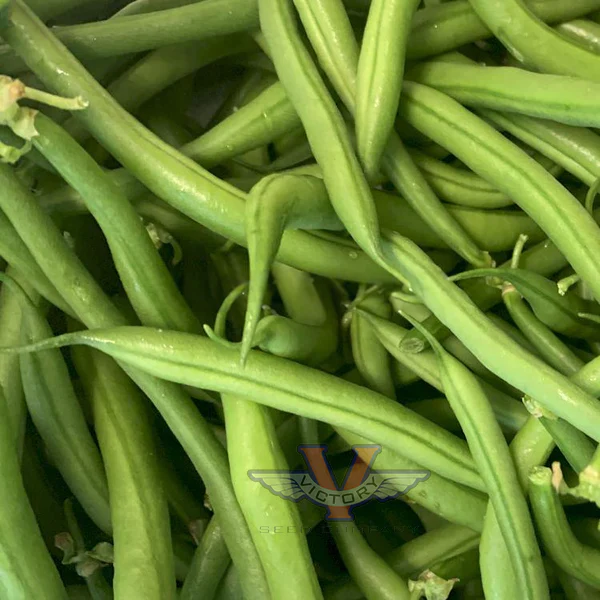
Beans, Pole Dry
Pole Beans for Drying Phaseolus Click on variety's picture or name below...
-
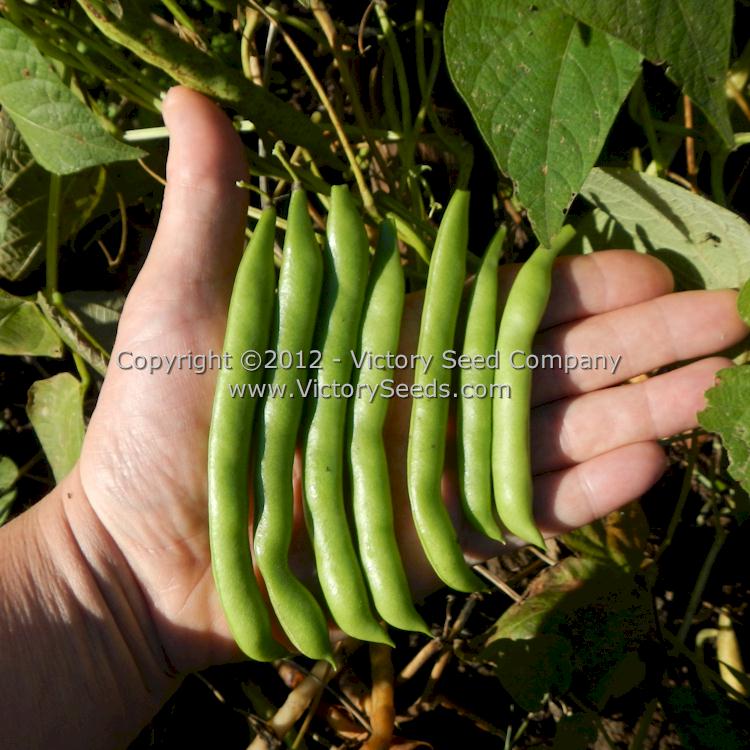
Beans, Pole Green
Pole-type Green, Snap, String Beans Phaseolus Click on the variety's name below...
-
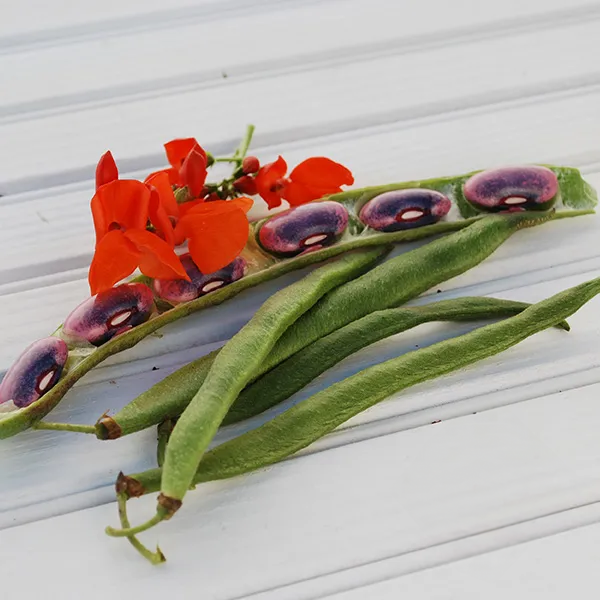
Beans, Runner
Runner Beans Phaseolus coccineus Although related to common beans, runner beans are...
-
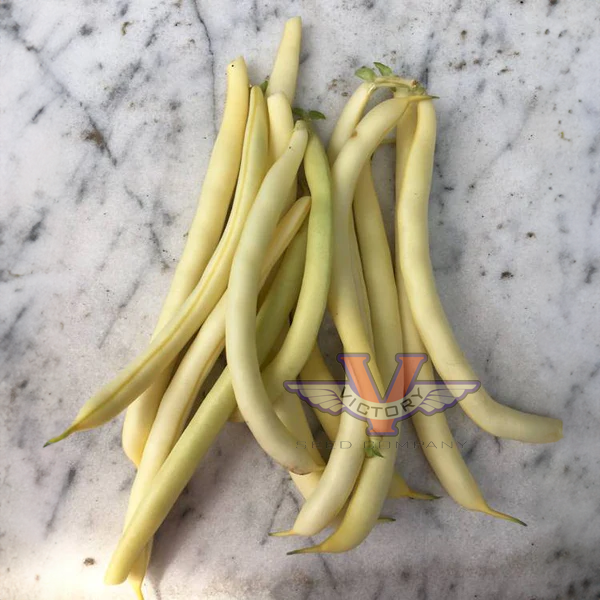
Beans, Wax
Phaseolus vulgaris Related to, and used the in the same way as...
About Beans
The term "string bean" refers to the lignified vascular bundle that develops in certain cultivars of pole beans. Plant breeders in the 1950s began developing bush-type (determinate) beans with vascular bundles that did not become stringy until the beans were very mature. These beans are called "snap beans" to differentiate from string beans.Most commercial green bean cultivars grown today are snap beans. This is mainly because they are mechanically harvested. Pole beans and half runner beans are still popular with home gardeners because people like the stronger bean flavor. Pole beans also mature throughout the season and therefore yield a larger overall harvest in the same amount of garden space as bush-type beans.
The major categories of beans are:
Field, dry, or agronomic beans (Phaseolus vulgaris):
• The pod walls are thin, fibrous, tough, inedible, dehisce more readily.
• The dried seeds retain shape when cooked.
Green, snap, string, or French beans (Phaseolus vulgaris):
• The pod walls are fleshy, edible, have little fiber, dehisce poorly.
• For best results, harvest the beans at the young, tender stage before the seeds begin to fill out the pods. As production begins, harvesting every other day helps to stimulate more plant productivity.
• The dried seeds generally do not retain shape when cooked.
Dual purpose or horticultural beans (Phaseolus vulgaris):
• The pods are fairly fleshy and generally edible.
• The dried seeds may be cooked and typically retain shape fairly well.
Other "Beans" include:
• Runner Beans (Phaseolus coccineus)
• Lima Beans (Phaseolus lunatus)
• "Butterbeans" (Phaseolus lunatus) is a term used for certain small, flat seeded lima beans. There is no separate botanical classification for a butterbean. It is basically a description of the way that they are prepared for cooking. Whereas most limas are grown to the dry stage, butterbeans are shelled fresh while in the late green stage, cooked and buttered.
• Fava beans (Vicia faba) are not from the same family as other beans. Their origin is reportedly the Mediterranean region and their history dates back to at least Biblical times. Favas are commonly known to Middle Eastern, Greek and Italian cooking.
• Hyacinth Beans (Dolichos Lablab) - Generally grown as an ornamental.








